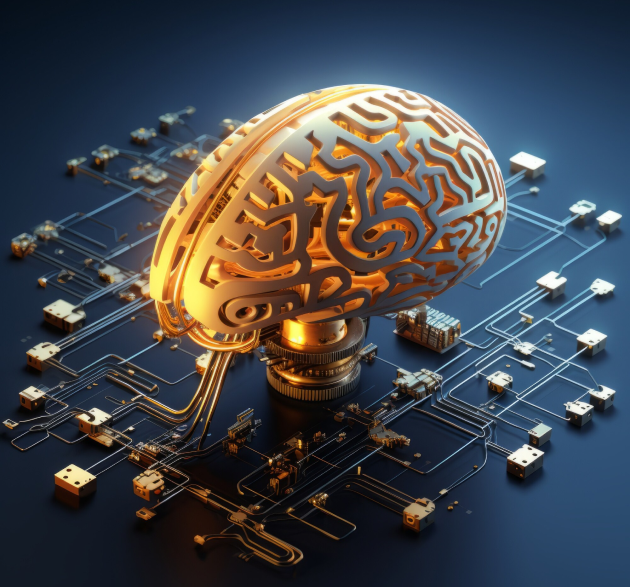CHALLENGES OF AI IN
SOFTWARE TESTING
 Quality Training Data
Quality Training Data
Limited and poor-quality data can be a major roadblock when implementing AI in software testing. According to a report, poor data can cost organizations an average of $15 million per year. Therefore, to effectively use AI, accurate and clean data labeling is crucial. Organizations must protect the data used by AI models and ensure compliance with regulations such as GDPR and CCPA.
 Existing Workflows
Existing Workflows
Another challenge in using AI for software testing is integrating it smoothly with existing testing methods. Many organizations have well-established processes and systems, making the implementation of AI tools difficult.Careful planning and coordination are essential to align AI tools with current workflows without causing significant disruption. Additionally, training testers on how to use and implement AI in the testing process is crucial for a successful integration.















